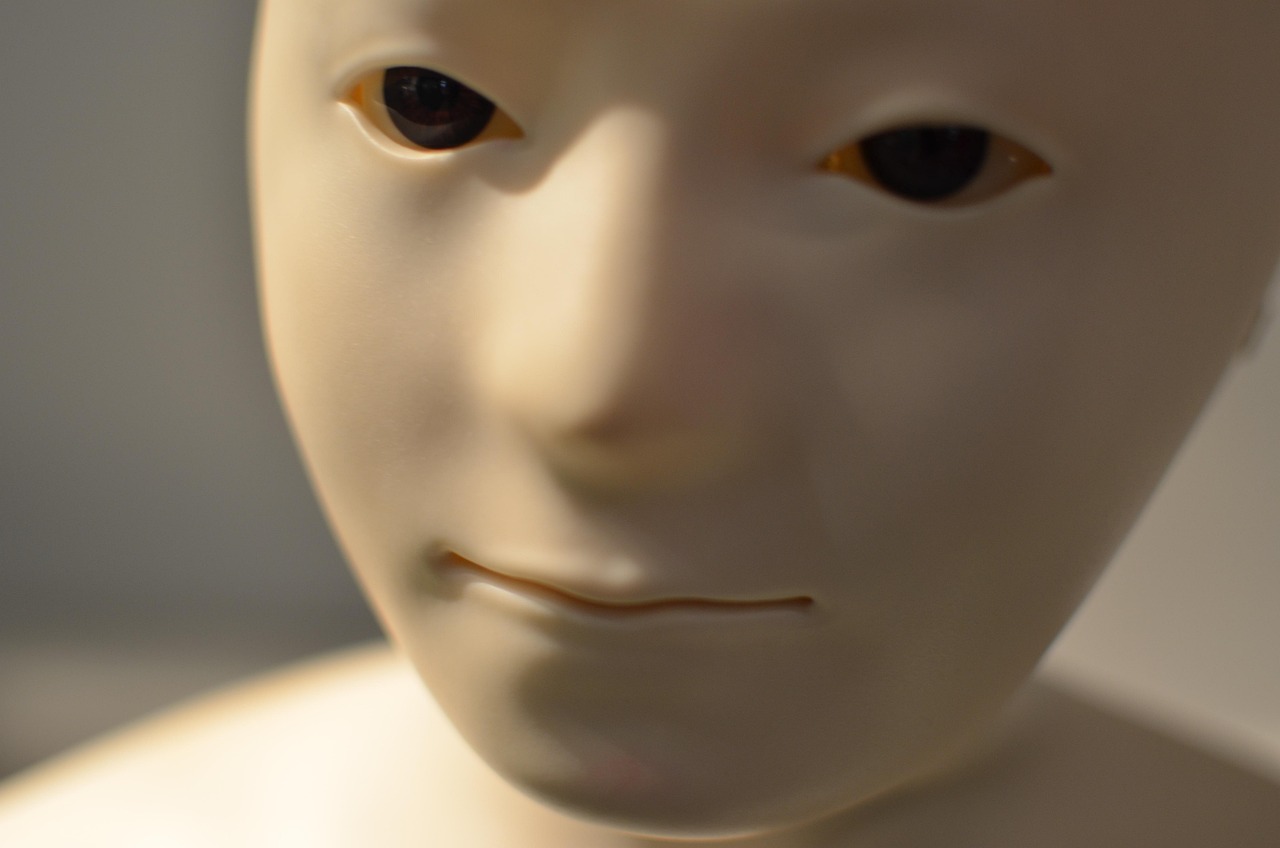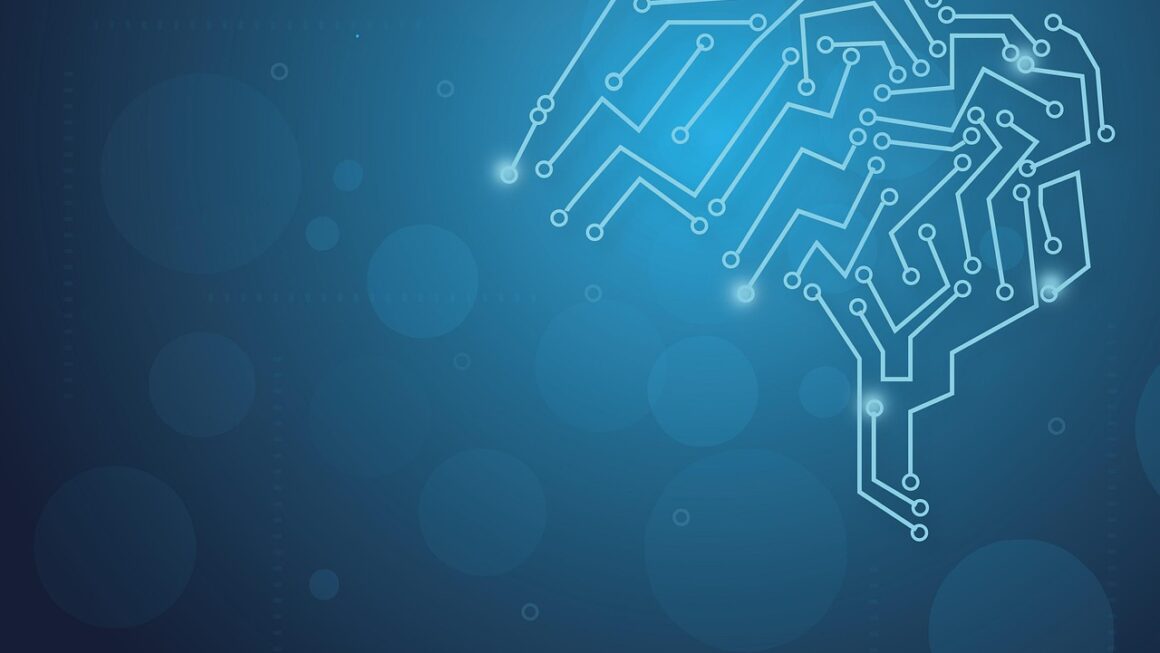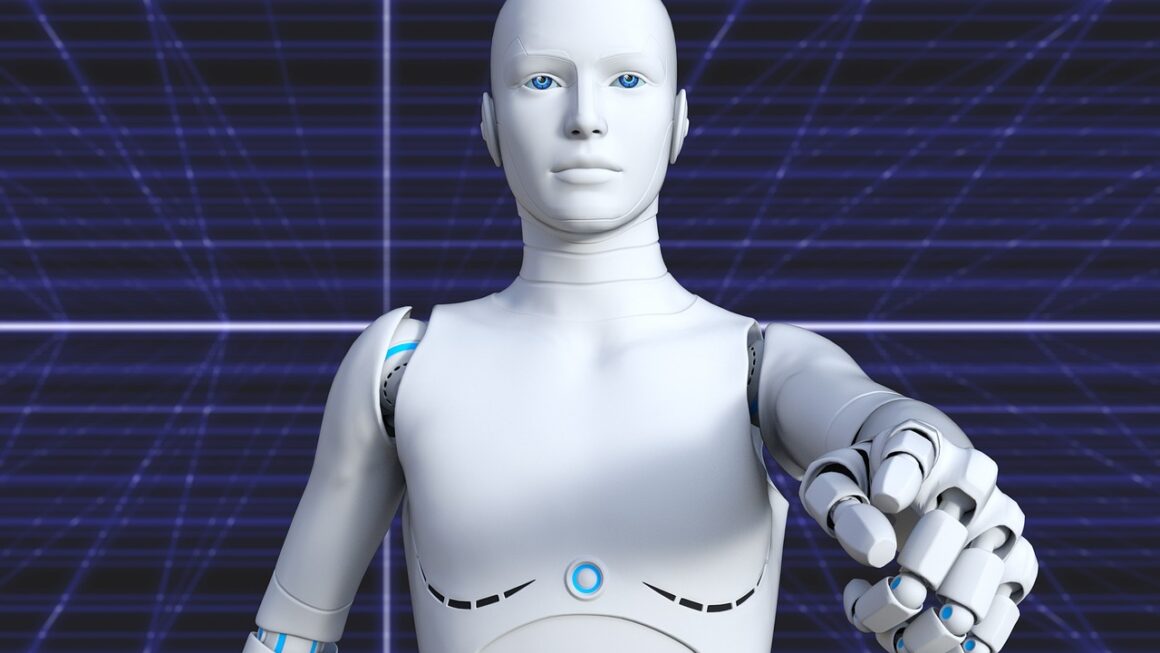Imagine a world where computers could “see” and interpret images just like humans do. This isn’t science fiction; it’s the reality of computer vision, a rapidly evolving field transforming industries and impacting our daily lives in countless ways. From self-driving cars to medical diagnosis, computer vision is pushing the boundaries of what’s possible with artificial intelligence.
What is Computer Vision?
Defining Computer Vision
Computer vision is a field of artificial intelligence (AI) that enables computers and systems to extract meaningful information from digital images, videos, and other visual inputs – and then take actions or make recommendations based on that information. Essentially, it’s about teaching machines how to “see” and understand the world around them. It mimics the intricate human visual system, enabling computers to identify, classify, and react to visual stimuli. This capability relies on a blend of machine learning, deep learning, and image processing techniques.
The Core Components
Computer vision systems typically consist of several key components:
- Image Acquisition: Gathering visual data, often through cameras or sensors.
- Image Preprocessing: Enhancing the image quality and preparing it for analysis (e.g., noise reduction, contrast adjustment).
- Feature Extraction: Identifying salient features or patterns within the image that are relevant for analysis.
- Object Detection & Recognition: Identifying and classifying objects within the image.
- Interpretation & Decision-Making: Using the extracted information to make informed decisions or predictions.
Key Applications: A Glimpse into the Future
The potential applications of computer vision are vast and continue to expand as the technology matures. Some prominent examples include:
- Autonomous Vehicles: Enabling cars to navigate roads, detect obstacles, and make driving decisions.
- Medical Imaging: Assisting doctors in diagnosing diseases and abnormalities in medical scans (X-rays, MRIs, CT scans).
- Security & Surveillance: Monitoring public spaces, identifying suspicious activities, and enhancing security measures.
- Manufacturing: Automating quality control processes, identifying defects, and improving production efficiency.
- Retail: Enhancing customer experiences, optimizing inventory management, and preventing theft.
Core Techniques in Computer Vision
Image Classification
Image classification is one of the fundamental tasks in computer vision, where the goal is to assign a single label to an entire image. For example, classifying an image as containing a “cat,” “dog,” or “bird.”
- Algorithms: Convolutional Neural Networks (CNNs) are the dominant approach for image classification, due to their ability to automatically learn relevant features from images. Other techniques include Support Vector Machines (SVMs) and decision trees, though these are less common in modern applications.
- Practical Use Case: Identifying different types of fruits and vegetables for automated sorting in agriculture.
- Actionable Takeaway: When training an image classification model, ensure a balanced dataset with sufficient examples of each class.
Object Detection
Object detection goes beyond simply classifying an image; it aims to identify and locate multiple objects within an image. This involves not only classifying each object but also drawing bounding boxes around them.
- Algorithms: Popular object detection algorithms include YOLO (You Only Look Once), SSD (Single Shot Detector), and Faster R-CNN. These algorithms leverage deep learning techniques to achieve high accuracy and speed.
- Practical Use Case: Detecting pedestrians, vehicles, and traffic signs in autonomous driving systems.
- Actionable Takeaway: Consider using transfer learning, leveraging pre-trained models on large datasets (like ImageNet), to improve the performance of your object detection model, especially when dealing with limited training data.
Image Segmentation
Image segmentation involves partitioning an image into multiple segments or regions, often based on pixel similarities or object boundaries. This allows for a more detailed understanding of the image content.
- Algorithms: Common image segmentation techniques include semantic segmentation (assigning a class label to each pixel) and instance segmentation (identifying and delineating individual objects within the image). U-Net is a popular architecture for image segmentation tasks.
- Practical Use Case: Identifying cancerous tumors in medical images.
- Actionable Takeaway: Data augmentation techniques, such as rotations, flips, and scaling, can significantly improve the robustness of your image segmentation model.
The Power of Deep Learning
CNNs and Their Architecture
Convolutional Neural Networks (CNNs) are the cornerstone of modern computer vision. Their unique architecture, inspired by the human visual cortex, allows them to automatically learn hierarchical features from images.
- Convolutional Layers: Extract features from images using filters (kernels).
- Pooling Layers: Reduce the spatial dimensions of feature maps, reducing computational complexity and increasing robustness.
- Activation Functions: Introduce non-linearity, enabling the network to learn complex patterns.
- Fully Connected Layers: Perform classification based on the learned features.
Transfer Learning: A Game Changer
Transfer learning involves leveraging knowledge gained from solving one problem to solve a different but related problem. In computer vision, this often means using pre-trained CNNs (trained on large datasets like ImageNet) as a starting point and fine-tuning them for a specific task.
- Benefits:
Reduced training time and computational resources.
Improved performance, especially with limited training data.
* Ability to generalize better to unseen data.
- Practical Example: Fine-tuning a pre-trained ResNet model to classify different types of flowers.
Real-World Applications Driven by Deep Learning
Deep learning has revolutionized computer vision, enabling breakthroughs in various fields:
- Facial Recognition: Identifying individuals based on their facial features.
- Image Captioning: Automatically generating descriptions of images.
- Style Transfer: Applying the artistic style of one image to another.
Challenges and Future Trends
Overcoming Challenges
Despite the advancements, computer vision still faces several challenges:
- Data Dependency: Deep learning models require large amounts of labeled data for training.
- Computational Cost: Training and deploying complex models can be computationally expensive.
- Robustness: Models can be sensitive to variations in lighting, pose, and occlusion.
- Explainability: Understanding why a model makes a particular decision can be difficult.
Emerging Trends
The future of computer vision is bright, with several exciting trends emerging:
- Self-Supervised Learning: Training models on unlabeled data, reducing the need for manual annotation.
- Generative Adversarial Networks (GANs): Creating realistic images and videos, enabling applications like data augmentation and image synthesis.
- Edge Computing: Deploying computer vision models on edge devices (e.g., smartphones, cameras), enabling real-time processing and reduced latency.
- 3D Computer Vision: Extracting information from 3D data (e.g., point clouds, meshes), enabling applications like robotics and virtual reality.
Conclusion
Computer vision is a transformative technology with the power to revolutionize industries and improve our lives in countless ways. While challenges remain, the rapid pace of innovation in deep learning and related fields promises even more exciting advancements in the years to come. Understanding the core concepts, techniques, and trends in computer vision is crucial for anyone seeking to leverage the power of AI to solve real-world problems. As computer vision systems become more sophisticated and accessible, we can expect to see them integrated into an ever-widening range of applications, shaping the future of technology and society.




